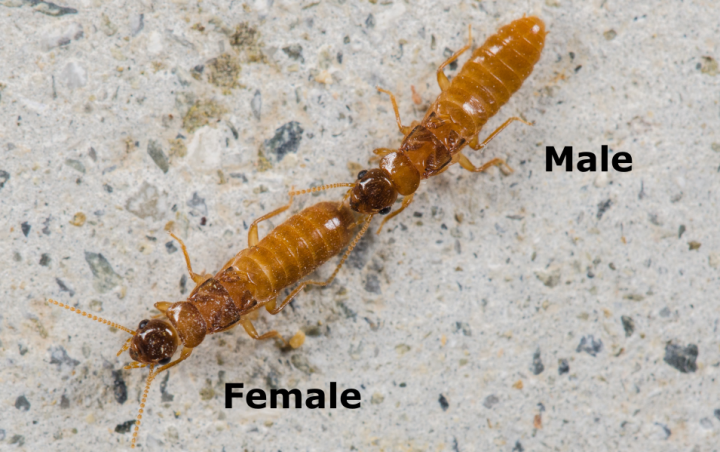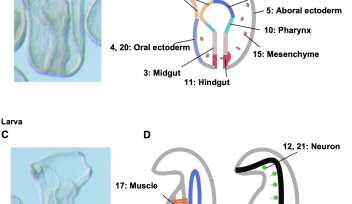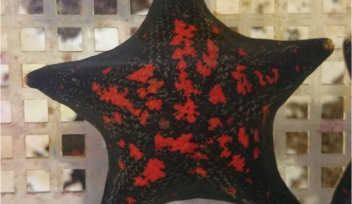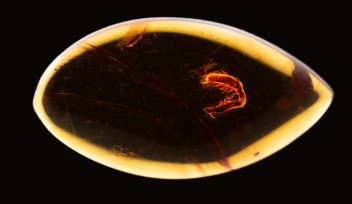Tandem run

Current day termites form a straight line when running behind each other. During the tandem run, one partner keeps contact with the other using their antenna or mouthparts, to make sure they stay together while exploring a new nest site.
Date:
06 March 2024
Credit:
Dr. Aleš Buček (OIST/The Czech Academy of Sciences)
Photo Credit: Dr. Aleš Buček (OIST/The Czech Academy of Sciences)














